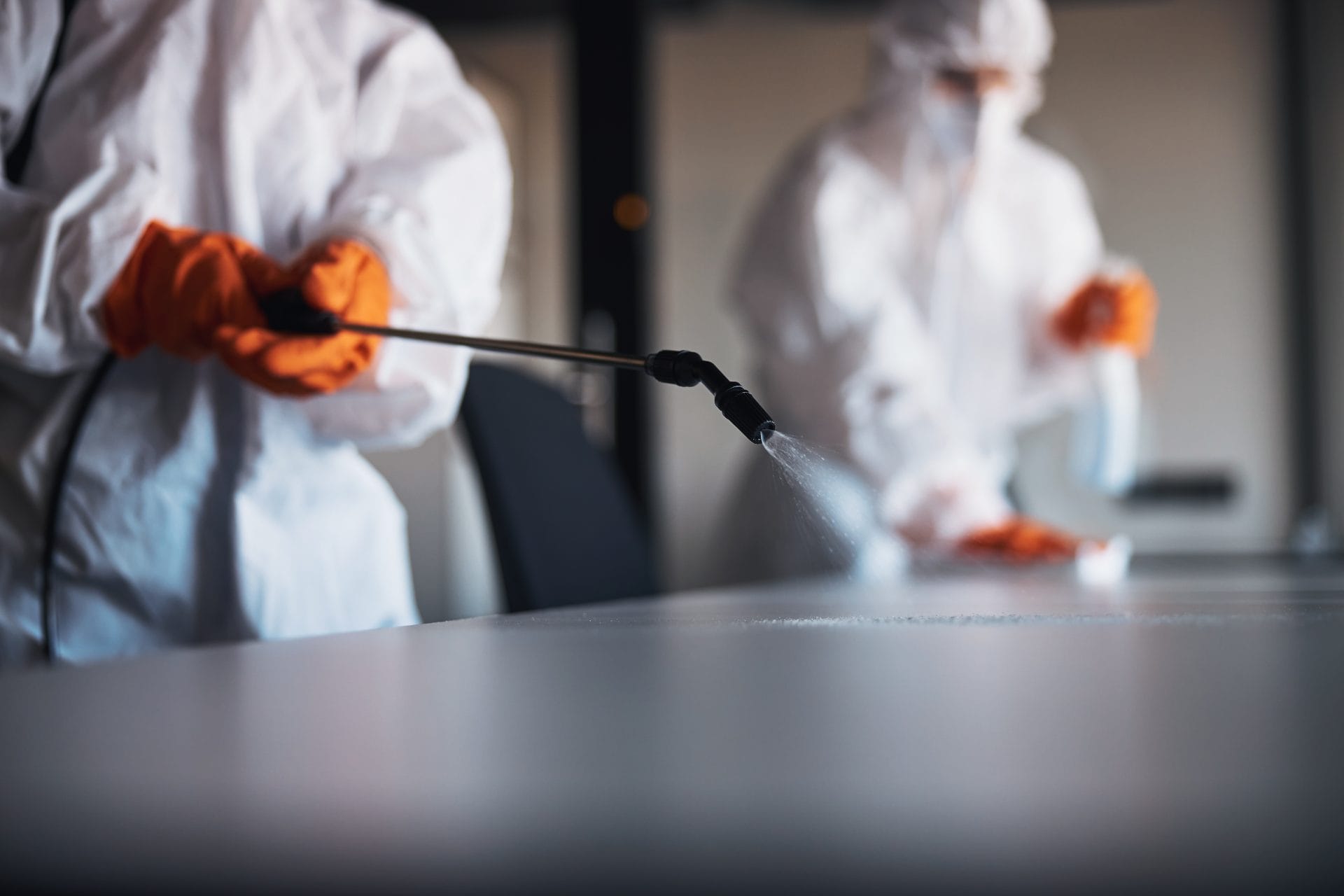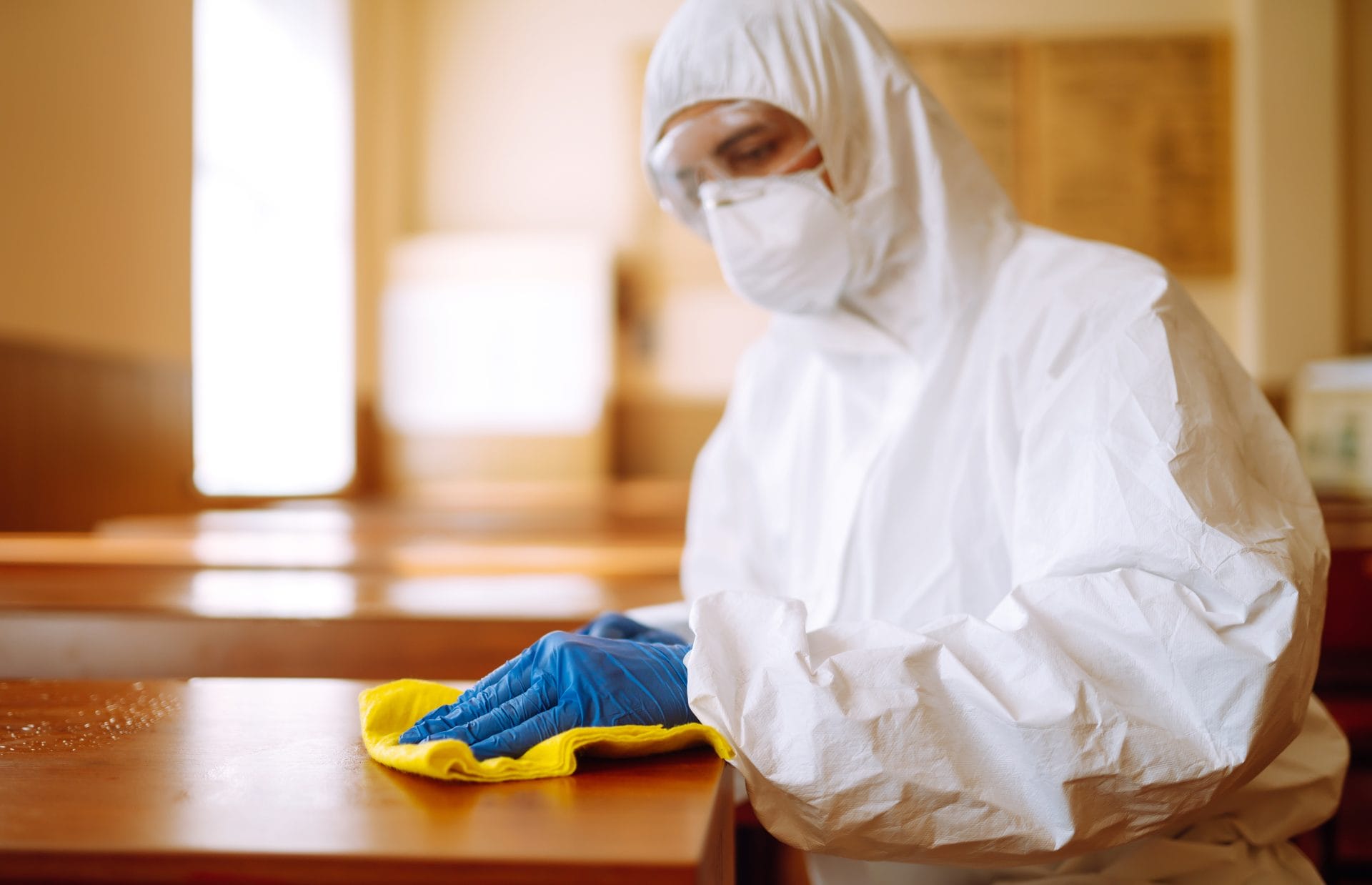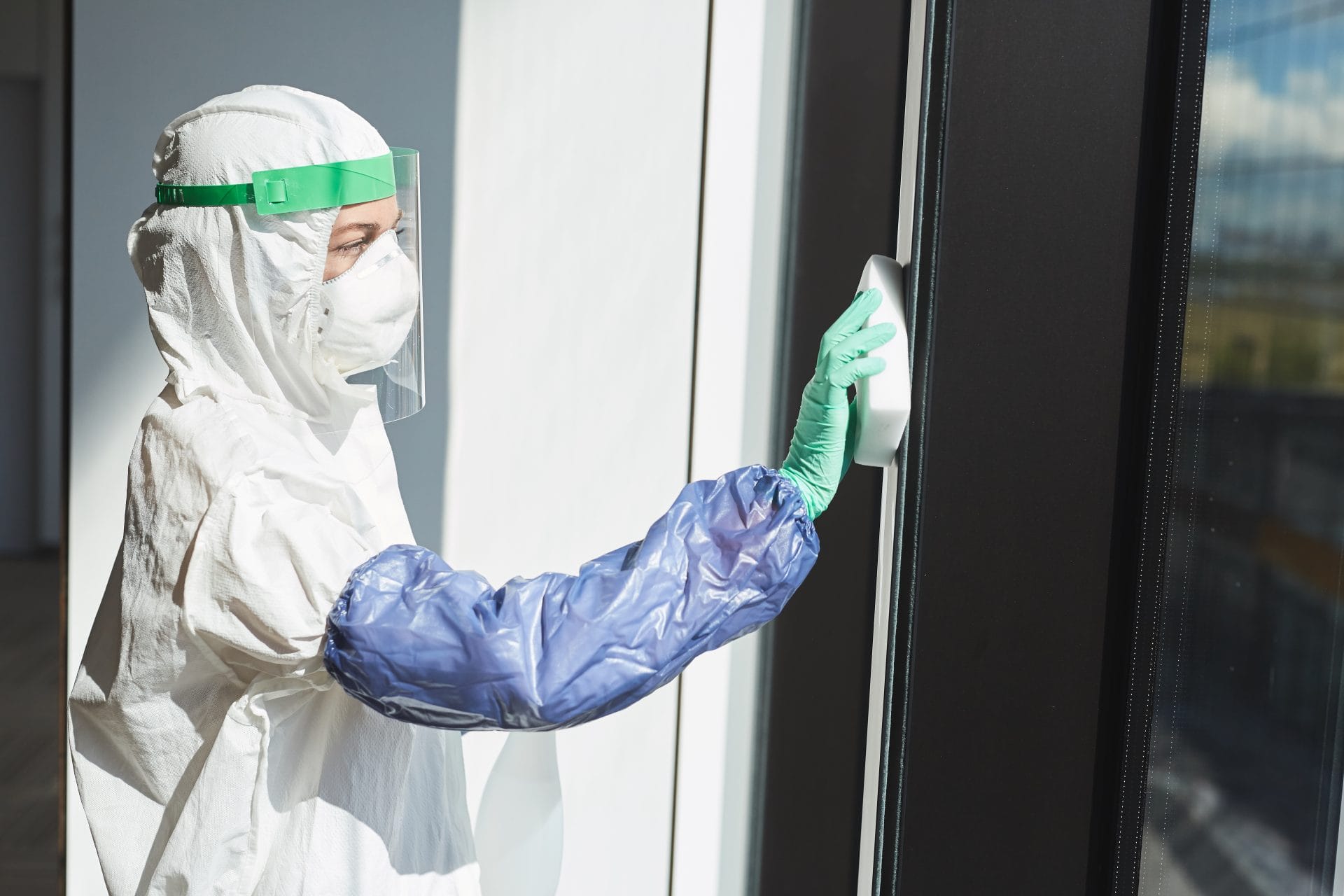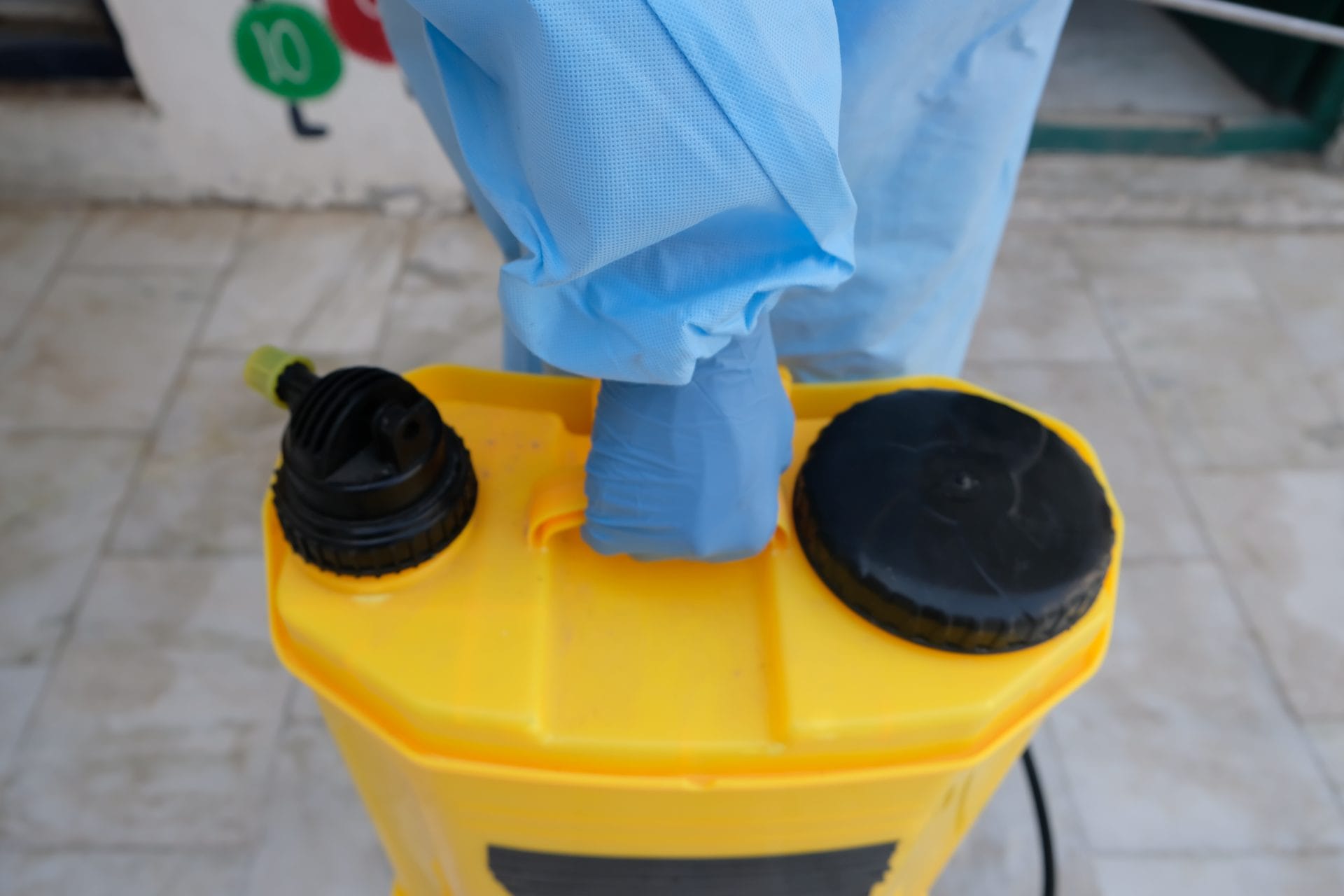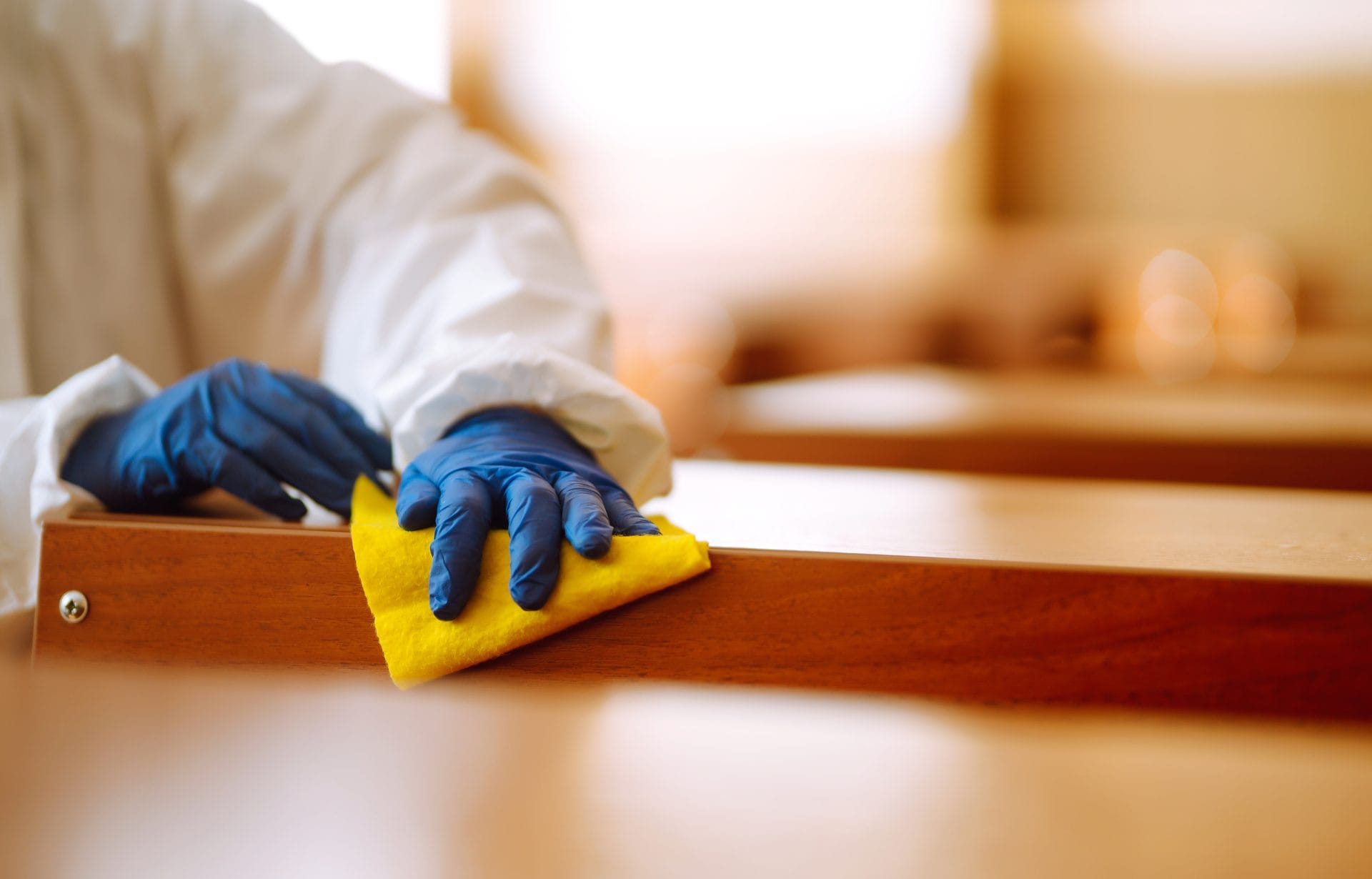Understanding Biohazard Cleanup: What It Entails
Biohazard cleanup is a specialized process involving the safe removal, cleaning, and sanitization of environments contaminated by biological hazards. These hazards can include blood, bodily fluids, hazardous chemicals, and other infectious materials. Unlike regular cleaning, biohazard remediation follows strict protocols to ensure safety, compliance, and complete decontamination.
The Step-by-Step Process of Biohazard Remediation
1. Initial Assessment & Risk Evaluation
Before cleanup begins, professionals conduct a thorough assessment of the scene. This includes:
- Identifying biohazard risks (bloodborne pathogens, mold, or hazardous waste).
- Evaluating the level of contamination and affected areas.
- Determining the appropriate cleaning agents and protective equipment.
2. Safety Precautions & Personal Protective Equipment (PPE)
Biohazard cleanup technicians wear specialized PPE, including:
- Hazmat suits to prevent skin exposure.
- Respirators or masks to avoid inhaling harmful particles.
- Gloves, boot covers, and eye protection for full-body coverage.
3. Containment of the Affected Area
To prevent cross-contamination, the affected area is isolated. Technicians may use plastic sheeting, negative air pressure systems, and biohazard tape to ensure the space remains secure during remediation.
4. Removal & Proper Disposal of Biohazardous Materials
All contaminated materials—such as blood-soaked fabrics, needles, and biological waste—are carefully removed and placed in specially marked biohazard containers. These are then transported to licensed disposal facilities in compliance with OSHA and EPA regulations.
5. Deep Cleaning, Disinfection & Decontamination
Using hospital-grade disinfectants and industry-approved cleaning techniques, surfaces are thoroughly scrubbed and sanitized. Special enzyme-based cleaners break down organic matter, eliminating harmful pathogens such as viruses and bacteria.
6. Odor Neutralization & Air Quality Control
After decontamination, technicians use industrial-grade air scrubbers and ozone generators to eliminate lingering odors and improve air quality. This step is crucial in cases involving decomposition, hoarding, or hazardous chemical spills.
7. Final Inspection & Clearance Testing
To ensure the area is completely safe, a final inspection is conducted using:
- ATP (Adenosine Triphosphate) testing for bacteria presence.
- Black light technology to detect residual contaminants.
- Air quality monitors to check for airborne pathogens.
Once the space is confirmed to be free of biohazard threats, it is deemed safe for habitation or continued use.
Why Professional Biohazard Cleanup is Essential
Many people underestimate the dangers of attempting to clean biohazard scenes themselves. Professional cleanup is essential because:
- Ensures Safety: Eliminates harmful pathogens that pose health risks.
- Regulatory Compliance: Adheres to strict local and federal regulations.
- Specialized Equipment & Training: Uses advanced tools and certified techniques to guarantee thorough decontamination.
- Prevents Psychological Trauma: In cases of crime scenes or unattended deaths, professionals handle cleanup with sensitivity and discretion.
Trust the Experts at Remedy Restoration
At Remedy Restoration, our certified biohazard cleanup team is available 24/7 to respond to emergencies. We handle crime scenes, trauma cleanup, unattended deaths, hoarding situations, and more. Our commitment is to restore safety, dignity, and peace of mind to our clients.
If you need professional biohazard remediation, contact us today for fast and compassionate service.

